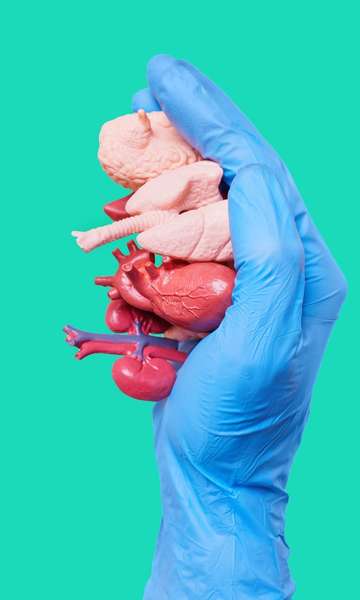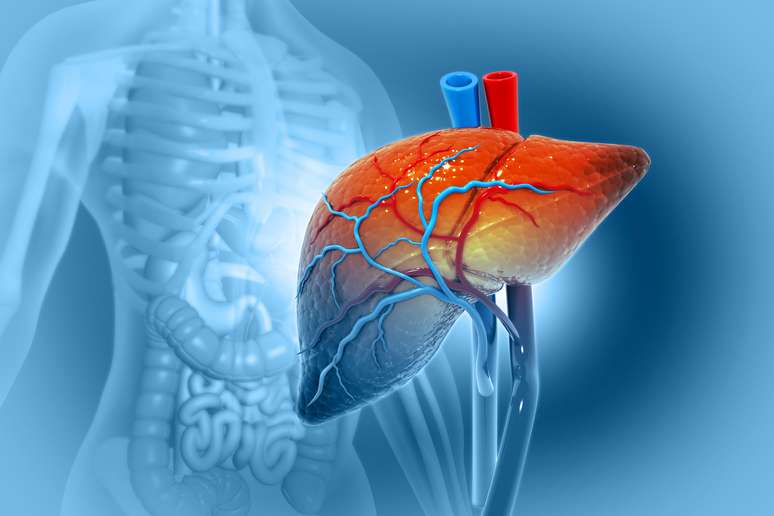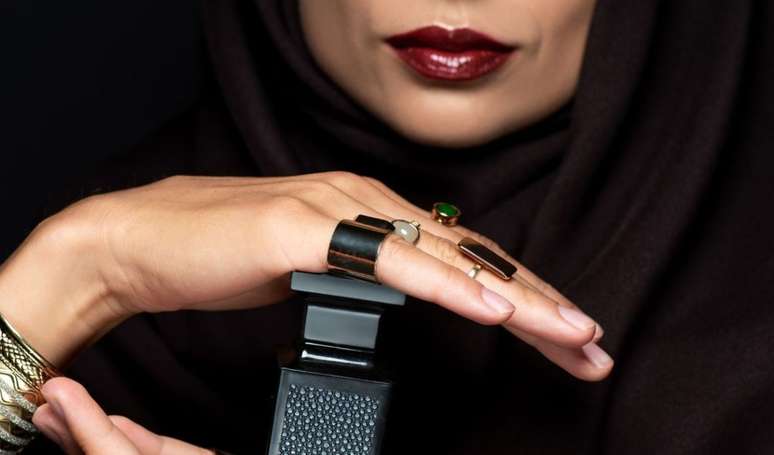The “split transplant” technique consists in dividing the organ in two; understand the procedure better and learn the stories of Ester and Diego
html[data-range=”xlarge”] figure image img.img-8e7b30f60bdf452e60ab292d959b176dcc1ion6o { width: 774px; height: 516px; }HTML[data-range=”large”] figure image img.img-8e7b30f60bdf452e60ab292d959b176dcc1ion6o { width: 548px; height: 365px; }HTML[data-range=”small”] figure image img.img-8e7b30f60bdf452e60ab292d959b176dcc1ion6o, html[data-range=”medium”] figure image img.img-8e7b30f60bdf452e60ab292d959b176dcc1ion6o { width: 564px; height: 376px; }HTML[data-range=”small”] .article__image-embed, html[data-range=”medium”] .article__image-embed {width: 564px; margin: 0 automatic 30px; }
At the top of the liver donation list, 2-year-old Esther received only 35 percent of the organ she so needed. The operation took place in April this year and was carried out at the Sírio-Libanês Hospital, in Sao Paulo. On the same day, 12-year-old Diego received the rest of the organ.
The transplant was carried out thanks to a technique called Split (to divide, in Portuguese) and allows a single organ to be divided into two parts. Coincidentally, Esther and Diego’s surgery took place on the same day and in the same hospital. He was second in line for the transplant.
According to the ABTO (Brazilian Organ Transplant Association), from January to June this year, Brazil performed 1,103 liver transplants. The Split technique is an alternative to reduce the tail; currently another 1,343 people are waiting for a new organ.

The most transplanted organ is also the one with the longest waiting list; know which one
How does the Split technique work?
The clinical conditions for the technique require the organ to be in good condition. The liver can be divided into two unequal or equal halves (which can benefit two adults, for example). Thanks to the anatomical vascular distribution of the liver it is possible to carry out this division without compromising vital functions.
It has regenerative capacity and grows according to the ideal size of each body. In the case of Esther and Diego, she retained 35% of the liver and the boy got the largest part of the organ, depending on her needs.
“It makes no sense to divide a not-so-good liver that could be used whole into two bad halves,” Sírio-Libanês Hospital digestive system surgeon Eduardo Antunes da Fonseca said in an interview with UOL. He participated in the children’s surgery.
The doctor also stated that the results of this procedure are the same as a traditional transplant and that the risk would be greater if the liver split, due to the small structures that need to be reconstructed.
Diagnostics
Esther was diagnosed with cryptogenic cirrhosis, a condition in which the cause of the disease is unknown. She was born underweight and smaller than recommended for her age. She joined the donation queue in September last year.
Both the mother and other family members were compatible with the children, but several conditions prevented them from donating. A compatible friend was offered and on the same day the judge authorized the transplant, Maiara (Esther’s mother) received a phone call from the hospital with the news of the new organ.
Little Diego was born suffering from biliary atresia, a disease that prevents the transport of bile produced in the liver and causes fluid retention in the organ. Complications with the baby’s esophagus and lungs led to bleeding and the need for an oxygen tank. He entered the transplant list six years ago.
Source: Terra
Ben Stock is a lifestyle journalist and author at Gossipify. He writes about topics such as health, wellness, travel, food and home decor. He provides practical advice and inspiration to improve well-being, keeps readers up to date with latest lifestyle news and trends, known for his engaging writing style, in-depth analysis and unique perspectives.








